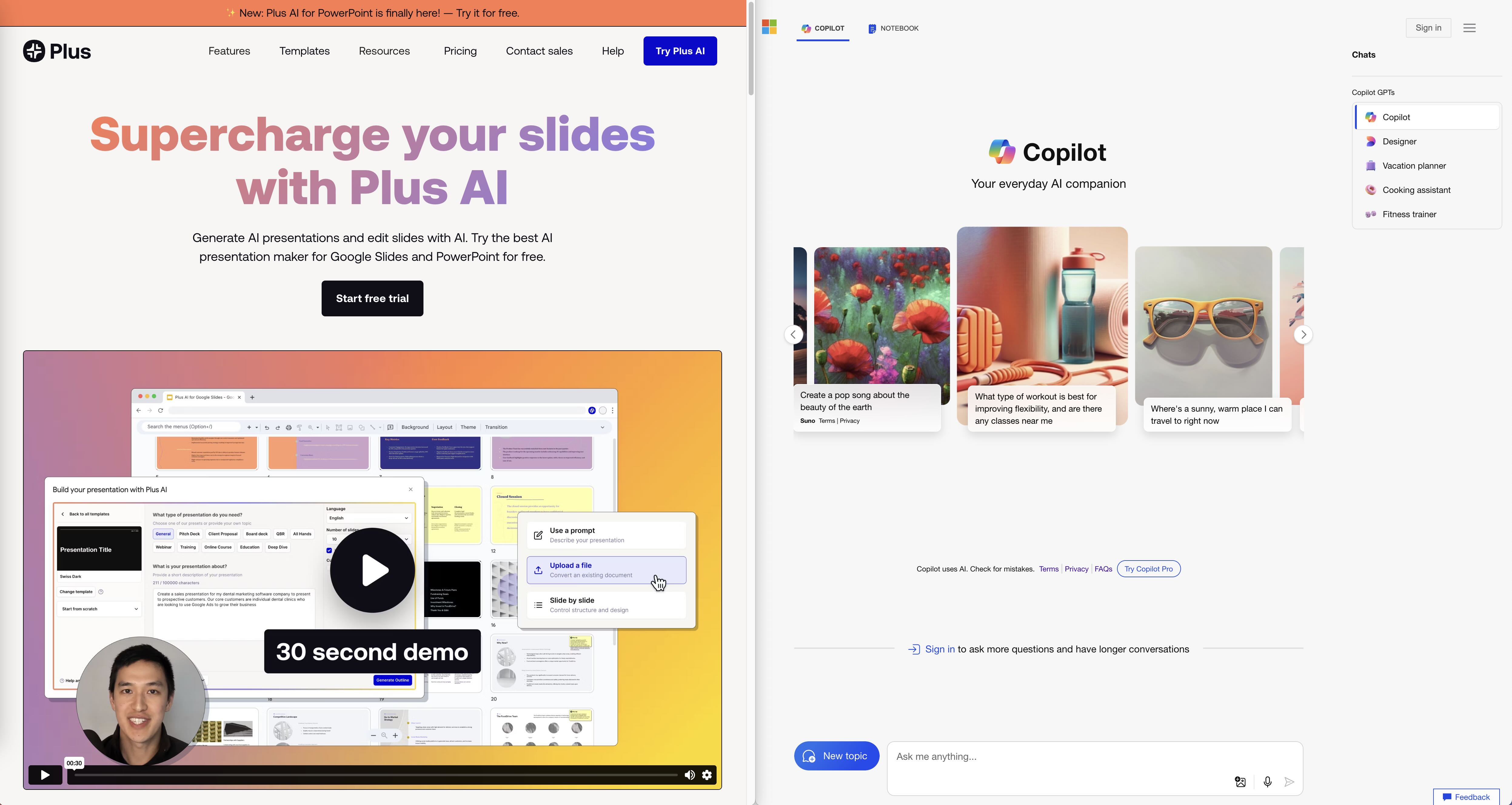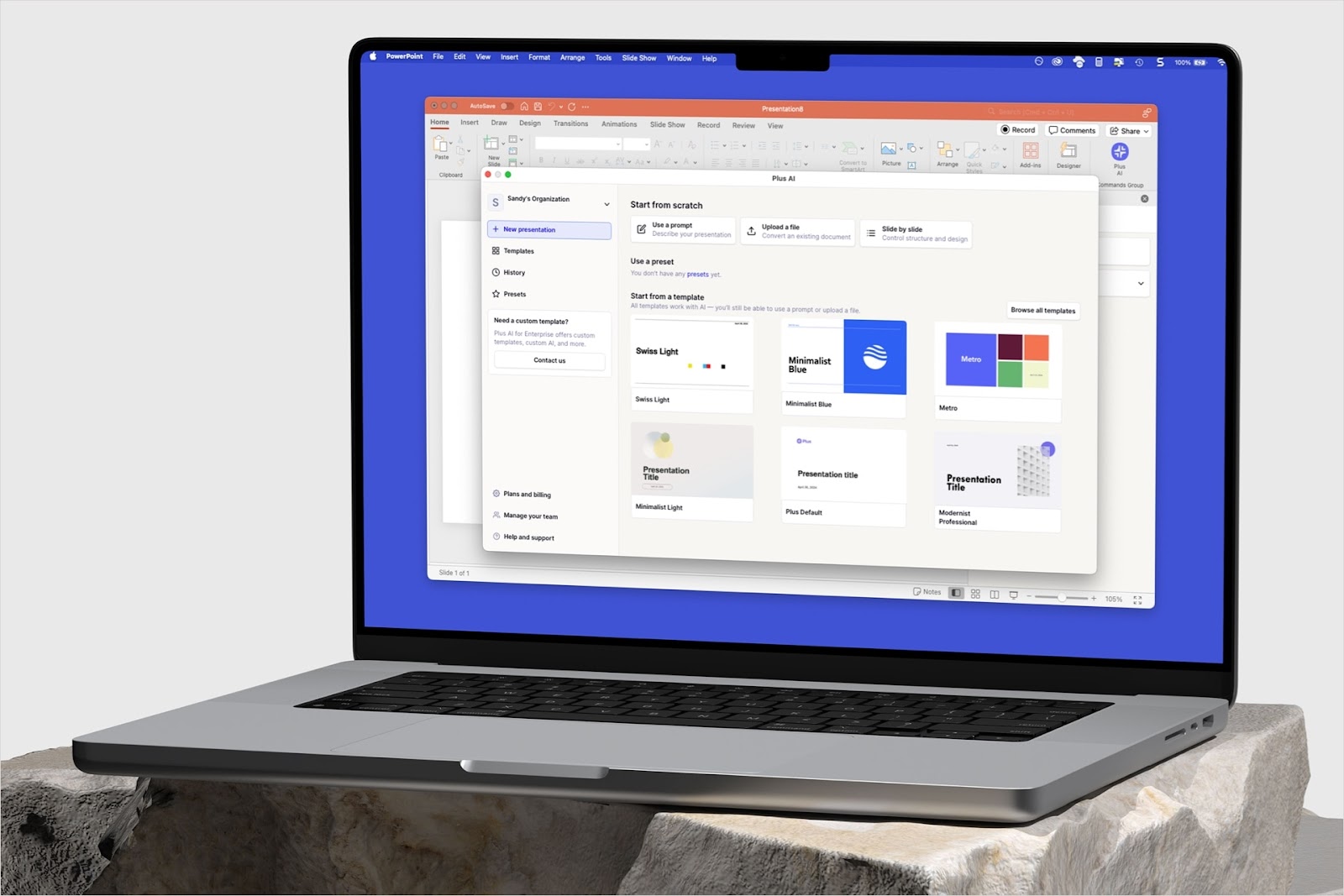Confluence is a powerful project management tool used by teams around the world. It is a cloud-based collaboration platform developed by Atlassian. It helps teams manage projects and tasks, store documents securely in the cloud, share ideas with colleagues and customers, and collaborate on content in real-time.
Confluence also integrates with other popular Atlassian products such as Jira and Trello, making it easy for teams to stay connected and up-to-date on their projects from anywhere in the world.
Google Sheets can be embedded directly into pages within Confluence to provide an interactive way to collaborate on spreadsheets without having to switch between applications or open multiple windows. This integration enables teams to keep all their data secure while still allowing them to collaborate on spreadsheets together in real-time.
Embedding Google Sheets in Confluence can be done in two different ways. We’ll go through both methods, and you can choose the one that best suits your needs.
Method 1: Use Confluence’s built-in iframe block
Once your Google Sheet is ready, click on the share button and press “Copy link” or copy the URL from the address bar at the top of your browser window.

You may also want to adjust the permissions of who can view and edit your Google Sheet; this is done directly through Google Sheets and should be done before you attempt to embed your Sheet in Confluence.
Note: Unlike collaboration tools such as Coda or Notion, pasting regular links in Confluence won’t work for Google Sheets, and you will have to use an iframe to embed a Google Sheet.
Once you have copied the URL of your document, open up the page in Confluence where you would like to embed it. From here, click on “+” at the top right-hand corner of the page and select “More” from the dropdown menu that appears.
This will bring up a list of options; select “formatting” from this list and then choose “iframe” which appears in the window. Alternatively, you can type the ‘/’ shortcut and then search for ‘iframe’ in the options.

Select the iframe, and paste the URL of your Google sheet into the URL field of the sidebar window, you will see a preview of your Google sheet. If you can see the Google sheet preview, Great!

But there’s an obvious flip side here—you’ll notice the iframe will show a strange view of your Google Sheet. To fix these issues, go back into the edit mode of the iFrame element.
To fix the width, add “100%” into the “Width” input field. This will ensure that the Google sheet fills the available width within the parent Confluence page.
To fix the height, you may be thinking you could add “100%” to the “height” input field. However,, that doesn’t work inside Confluence. Instead, you can add a pixel value such as 500px or 1000px. The downside to this approach is your iframe now has a fixed height.

Using this method embeds the full web view of Google Sheets in your Confluence page, which may not be what you always want. If you only want to embed a certain part of the Google Sheet to share with your team, this isn’t the best method.
In that case, check out Method 2 where you can embed a “Snapshot” of part of a Google Sheet in Confluence.
Method 2: Use Plus for embedding Google Sheets
The method above is a good option for embedding Google Sheets using iframe if you want to share an entire sheet. You might want an easier solution if you just need to share a single view or portion of a Google Sheet.
With Plus, you can embed anything inside Confluence, without the need for any complicated integrations. Here’s how you can get started:
Step 1: Set up your Plus account
To use Plus, sign up here, and follow the instructions to install the Plus browser extension. After installing the extension, open the Google Sheet that contains the chart or data you want to embed in your document.
Step 2: Take a Snapshot of your Google Sheet with Plus
Click the Plus icon in the top-right corner of your browser, and click on the “Take a Snapshot” button.
To take a Snapshot, draw a box around the area of the screen you would like to capture. It’s as simple as taking a screenshot from your computer. A confirmation window will appear on your screen when it is successful.

Step 3: Copy the URL of your Snapshot and paste it into Confluence
Your Google Sheet is now available in Confluence! To embed it, click on the Plus extension on your browser, and copy the URL of your Snapshot. Paste the URL of your Snapshot in Confluence.
Click on the link and switch to embed view instead of the default inline view. And that’s it, you’re done! Have a look at the screenshot below for all the steps to see it in action.

You can adjust the size and positioning of the Snapshot based on your preferences or document layout requirements, making this an easy way to add new data without fussing over messy integrations ever again.
Plus works with iframe blocks as well. Simply paste the URL of Snapshot in the iframe block if you’d like to set a particular height and width for your Google Sheet and have finer grain control of your layout.
If you’re looking to embed Google Sheets into Notion next, here’s a step-by-step guide.
Conclusion
Confluence provides a platform for streamlining processes like project management, document sharing, and brainstorming. It makes collaboration easier by giving the entire team a single source of truth—a centralized repository for all the information needed to complete projects.
If embedding Google Sheets (or just about anything else) in Confluence sounds like it would benefit your workflow, Plus is exactly what you need. With just a few clicks, you can easily embed existing Google Sheets data into your workflow.







